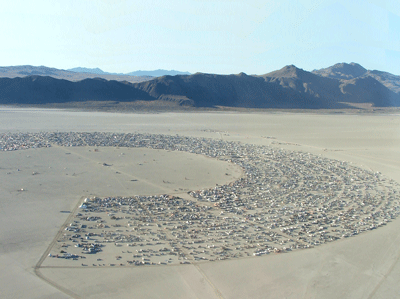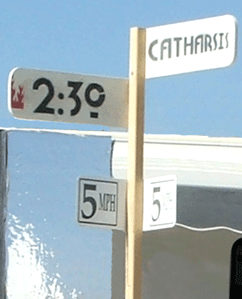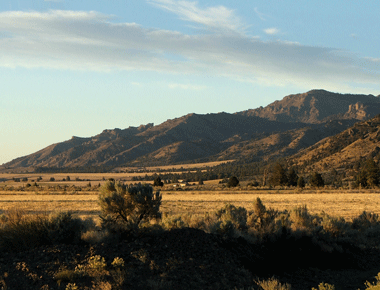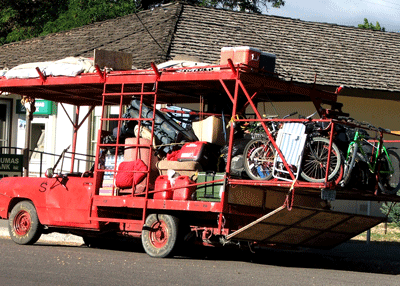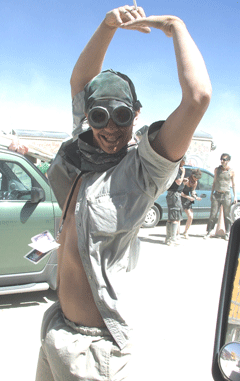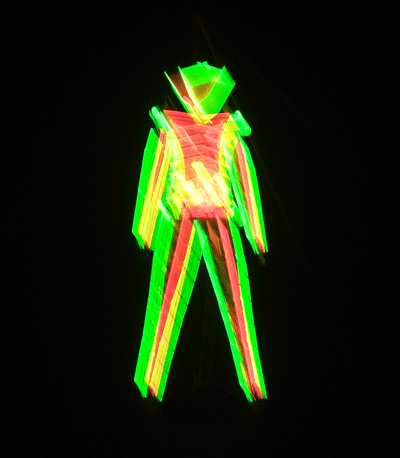
Tales of a 21st Century Gypsy
August 29, 2005 Burning Man: I arrive.
I’ve wanted to go to Burning Man for a long time. Or perhaps I should say that I’ve been aware of its existence for a long time, and felt it was so weird that I should check it out. So I organized my travels to get there this year.
Burning Man, for those of you who have never heard of it, is an annual festival – or free-for-all – held at the end of the summer in the desert of north western Nevada. According to legend – which I later learned was false – the event began when a San Francisco man, frustrated in love, invited his friends to a local beach where he burned a tall wooden effigy of a man. The truth, apparently, is that the creator of the burn was an artist who decided that building and then burning an effigy on the beach would be an interesting act of art. Perhaps the invention of the legend was a later act of art? In any case, Larry Harvey and his friends made it an annual tradition, and it grew to include increasingly large and unmanageable crowds. At some
Anyone who has been to Burning Man will tell you that there are as many ways of experiencing and understanding the event as there are people who participate. For its creators and perhaps for the people at the core of running it now, it is first and foremost an arts festival. There is art there, mostly interactive sculpture that moves and lights up at night and invites viewers to climb it or push it around or ride it. And “art cars,” vehicles that have been turned into works of art driven across the desert, with lights flashing, music playing, and passengers dancing on the roofs or lounging on couches or perched on bar stools drinking as they cruise around. There were a few art bicycles as well, ones converted to fish or sperm or camels or giraffes. There is performance art as well, a twenty-four hour schedule of bands and musicians and poetry readings held on the stage of Center Camp, and all manner of goings elsewhere on the desert – or the playa, as it is commonly called.
